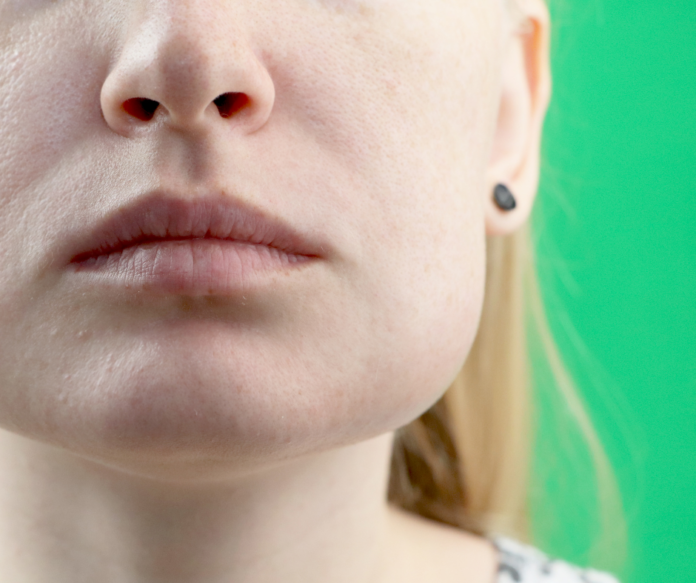
Medspa Services: Addressing Your Questions on Dermal Fillers and Swelling
Dermal fillers have become increasingly popular in recent years as a non-surgical option for facial rejuvenation. However, many people have questions about the procedure, particularly when it comes to post-treatment care and swelling. In this article, we will address some of the most common informational queries regarding dermal fillers and provide specific answers and solutions to help you make an informed decision about your treatment.
What are Dermal Fillers?
Dermal fillers are injectable substances used to restore volume and fullness to the face, smooth out wrinkles, and enhance facial contours. They are typically made from hyaluronic acid, a naturally occurring substance in the body that helps to maintain skin hydration and elasticity. Some of the most popular dermal fillers include Juvederm, Restylane, and Sculptra.
Why Does Swelling Occur After Dermal Filler Treatment?
Swelling is a normal and expected side effect of dermal filler injections. It occurs because the needle used to inject the filler can cause temporary trauma to the skin and underlying tissues. Additionally, the hyaluronic acid in the filler attracts water, which can lead to increased swelling in the treated area. In most cases, swelling is mild and resolves on its own within a few days.
How to Reduce Swelling After Dermal Filler Treatment
While some degree of swelling is unavoidable after dermal filler treatment, there are several steps you can take to minimize its severity and duration. Here are some specific solutions to help reduce swelling after your procedure:
Apply Cold Compresses
Applying a cold compress to the treated area can help to reduce swelling by constricting blood vessels and reducing inflammation. Be sure to wrap the compress in a clean cloth or towel to avoid direct contact with the skin, and apply it for 10-15 minutes at a time, several times a day, as needed.
Keep Your Head Elevated
Keeping your head elevated, especially during sleep, can help to minimize swelling by promoting proper blood flow and preventing fluid accumulation in the face. Use extra pillows or a foam wedge to prop yourself up, and try to sleep on your back to avoid putting pressure on the treated area.
Avoid Strenuous Exercise
Strenuous exercise can increase blood flow to the face, which may exacerbate swelling. It’s best to avoid intense physical activity for at least 24-48 hours after your dermal filler treatment. Light activities, such as walking, are generally safe and can even help to promote healing.
Limit Alcohol and Salt Consumption
Alcohol and high-sodium foods can cause dehydration and fluid retention, both of which can contribute to swelling. To minimize swelling after dermal filler treatment, try to limit your intake of alcohol and salty foods for a few days.
Take Over-the-Counter Anti-Inflammatory Medication
Over-the-counter anti-inflammatory medications, such as ibuprofen, can help to reduce swelling and discomfort after dermal filler treatment. Be sure to follow the recommended dosing instructions and consult with your healthcare provider if you have any concerns or questions about using these medications.
When to Seek Medical Attention for Swelling After Dermal Filler Treatment
While mild swelling is a normal side effect of dermal filler treatment, more severe or persistent swelling may be a sign of an underlying issue, such as infection or an allergic reaction. If you experience any of the following symptoms, it’s important to contact your healthcare provider or the medspa where you received your treatment:
– Swelling that worsens or does not improve after a few days
– Severe pain or discomfort in the treated area
– Redness, warmth, or pus at the injection site, which may indicate infection
– Difficulty breathing or swallowing, which may be a sign of a severe allergic reaction
Summary: How to reduce swelling after dermal filler treatment?
Dermal fillers are a popular and effective option for facial rejuvenation, but it’s important to be prepared for the potential side effects, such as swelling. By following the tips outlined in this article, you can help to minimize swelling and ensure a smooth recovery after your treatment. Remember to consult with your healthcare provider or medspa professional if you have any concerns or questions about your dermal filler treatment and post-treatment care.



